—Welcome to TIME’s annual round-up of the best inventions making the world better, smarter and—in some cases—a little more fun.
The Real-Life Hoverboard
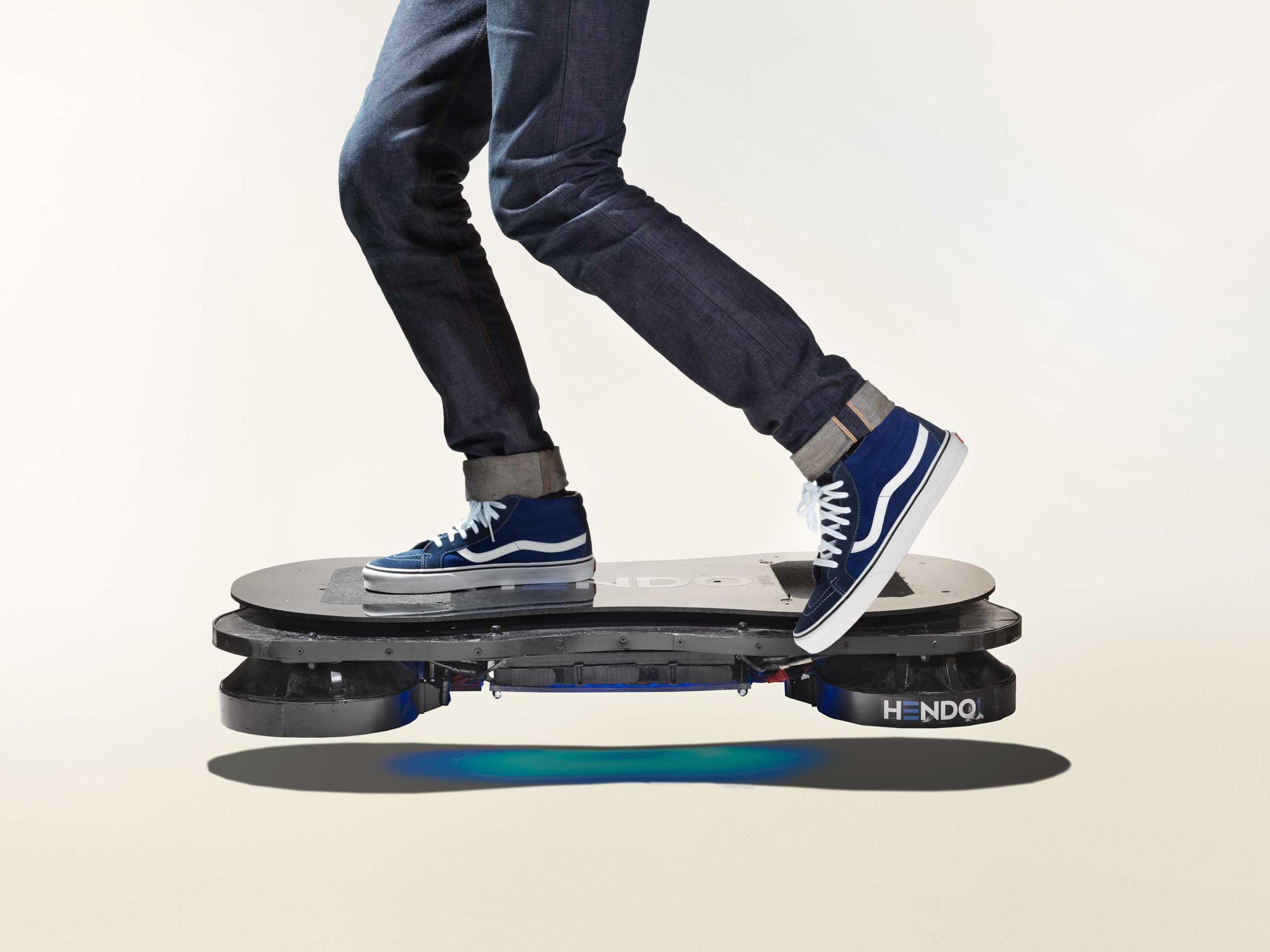
Hendo Hoverboard / $10,000
Preorder at hendohover.com
The hoverboard—a type of skateboard that levitates like a magic carpet—had been a pipe dream since its fictional debut in 1989’s Back to the Future Part II. Now California-based tech firm Hendo has built the real thing.
Granted, there are caveats. Hendo’s hoverboard can float only an inch or so above the ground, and even then only over conductive material like copper or aluminum. Just 10 are being made to order (so far). And battery life is 15 minutes—barely enough time to zoom past your enemies à la Marty McFly.
But the technology that powers it could be revolutionary. Using the $450,000-plus it raised on Kickstarter, Hendo founders Jill and Greg Henderson plan to develop magnetic “hovering” tech to stabilize buildings during earthquakes, protect valuable works of art and more. “The hoverboard is the first step to bringing this technology to the world,” says Greg.
The Supersmart Spacecraft

Mangalyaan
Developed by the Indian Space Research Organization
Nobody gets Mars right on the first try. The U.S. didn’t, Russia didn’t, the Europeans didn’t. But on Sept. 24, India did. That’s when the Mangalyaan (Mars craft in Hindi) went into orbit around the Red Planet, a technological feat no other Asian nation has yet achieved. Building the craft cost India just $74 million, less than the budget for the film Gravity. At that price, the Mangalyaan is equipped with just five onboard instruments that allow it to do simple tasks like measure Martian methane and surface composition. More important, however, it allows India to flex its interplanetary muscles, which portends great things for the country’s space program—and for science in general.
A Reactor that Could Realize Nuclear Fusion

High-beta fusion reactor
Developed by Lockheed Martin
Nuclear fusion—the production of energy from the fusion of hydrogen nuclei—has always been the holy grail of energy: it’s endlessly productive and largely clean—and so far, it’s remained elusive. But in October, Lockheed Martin said it had achieved a technological breakthrough that will enable it to make compact fusion reactors small enough to fit on the back of a truck within a decade. The design uses “magnetic mirror confinement” to control the reaction. Absent further details on how it works, some outside scientists are skeptical. But if Lockheed really can produce a workable fusion reactor, the world of energy may never be the same.
Wireless Electricity
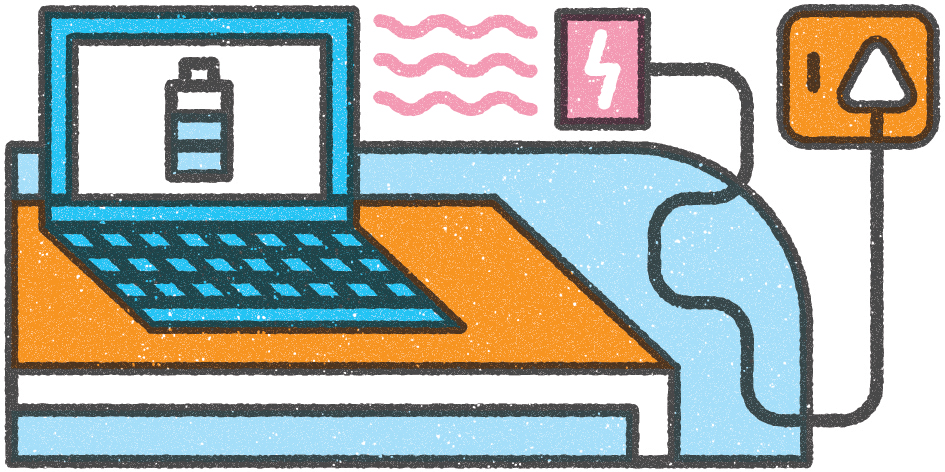
Witricity
In development for Toyota cars, Intel PCs and more
We already have wireless Internet and wireless phones. Why, then, are everyday appliances still shackled to the wall? To be sure, there are a few power-mat chargers for small gadgets like phones. But WiTricity, based in Watertown, Mass., is thinking big. Its technology—involving a plug-in coil that creates a magnetic field, which in turn powers objects as far away as 8 ft. (2.4 m)—has been tested on Toyota electric cars (with charging mats), Intel PCs (with charging pads) and more. Within 10 years, says CEO Alex Gruzen, rooms could be wired so that all appliances—lamps, TVs, stereos—pull power from a central charging base.
3-D-Printed Everything

A machine that can build any object. It sounds like a sci-fi fantasy, but thanks to the rise of 3-D printers—devices that can build objects from digital blueprints, usually by layering plastic or other materials—it is rapidly becoming reality.
That’s a boon for consumers and corporations alike. In the past year alone, middle-school students have 3-D-printed stock cars for physics lessons, scientists have 3-D-printed tissues for human organs, and GE has used 3-D printing to improve the efficiency of its jet engines. “This is one of those technologies that literally touches everything we do,” says Avi Reichental, CEO of 3D Systems, whose 3-D printers produce candy (as shown above) and musical instruments, among other objects.
Watches that Redefine Smart
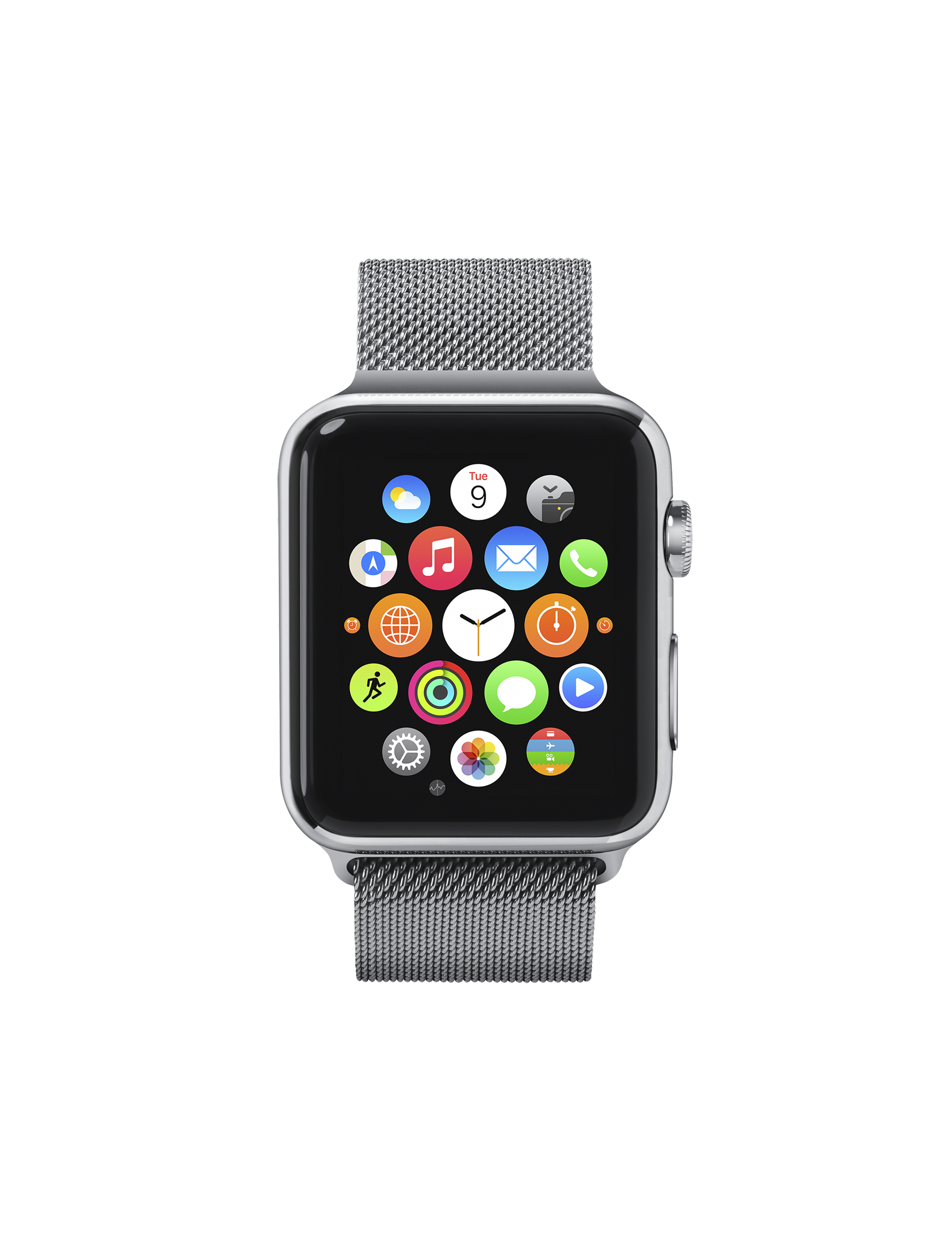
Most smart watches have proved to be anything but: they try to shrink down the experience of using a cell phone, with clunky results. Apple’s Watch, by contrast, wholly reimagines the computer for the wrist, using a novel interface that combines a touchscreen and physical buttons. Besides telling time, the Watch can send messages, give directions, track fitness and make wireless payments. It’s also an attractive piece of fashion, with high-end Edition models that feature 18-karat gold. “Apple poured its heart and soul into the design,” says Robert Brunner, founder of San Francisco design studio Ammunition and a former director of industrial design at Apple. “It’s brave because they’re venturing into unknown territory.”
The Smartphone that Puts Privacy First
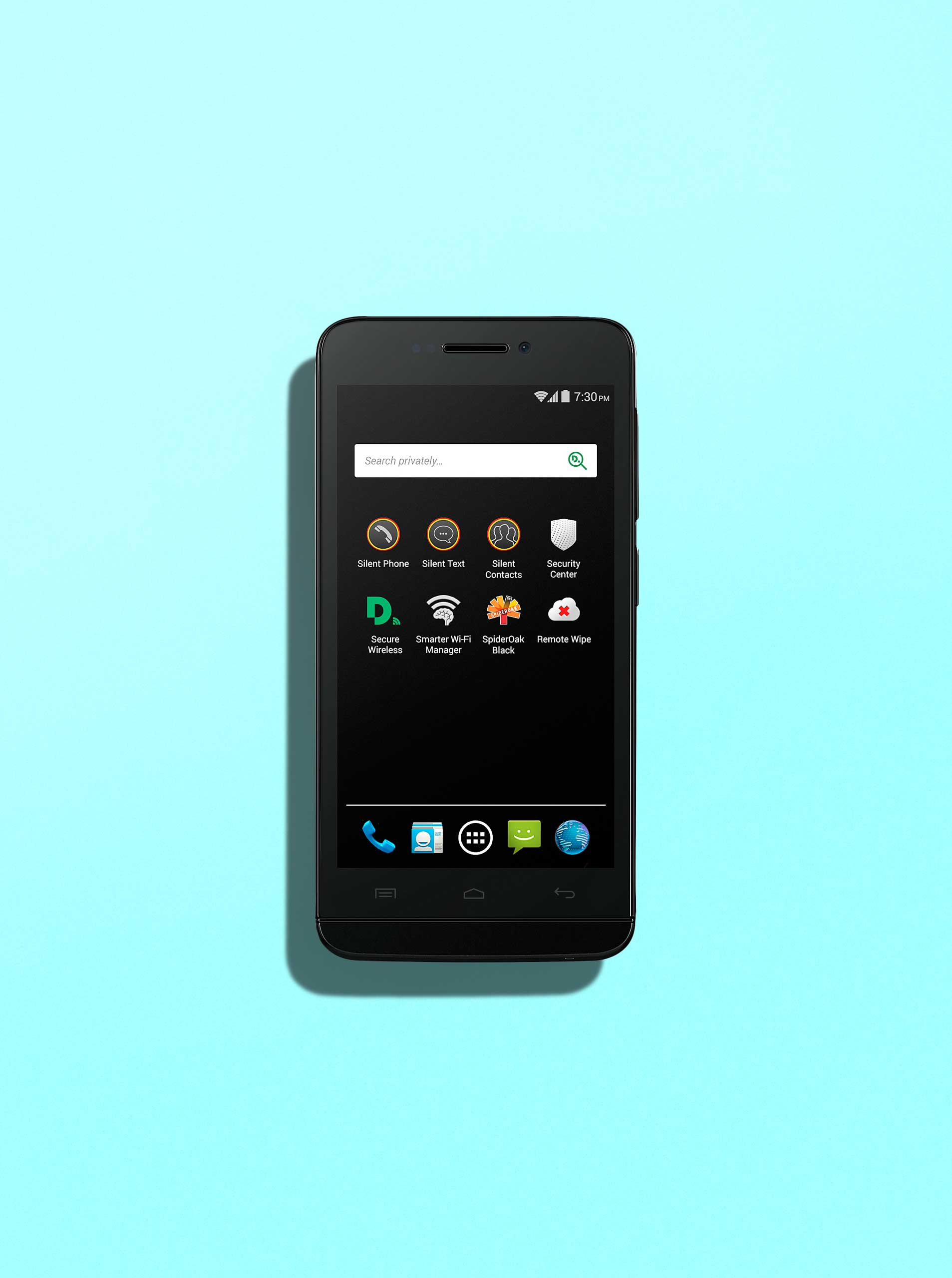
Nearly half of Americans don’t feel safe sharing private information over a cell-phone call, according to Pew. So how can phone owners conceal their data? Enter the Blackphone, a smartphone designed to put privacy above all else. The device, developed by the company of the same name and accelerated after the Snowden leaks, runs a customized Android operating system stripped of features that might make data vulnerable, like calendar sync. It also comes with software that encrypts calls, texts and browsing history at levels far beyond normal smartphones (which could make the Blackphone a target of law-enforcement officials, who say encryption technology makes it harder for cops to catch criminals). But even with a Blackphone, users should be careful about what they type or upload. As Blackphone CEO Toby Weir-Jones explains, “It’s dangerous to assume anything is a magic invisibility cloak.”
The Cooler that Powers Your Party

Coolest Cooler / $399
Buy here
For more than 60 years, coolers have done a fine job putting party refreshments on ice. But that wasn’t good enough for Ryan Grepper. “We wanted the cooler to be a place where people gather—to have all the things that make a space somewhere you’d want to hang out,” says the former medical sales rep.
The result is the world’s smartest all-purpose party starter. It stores food and drinks, sure. But it also touts a blender (“for vodkaritas,” Grepper offers), an LED lid light (“to see if you’re reaching for beer or Clamato juice”), a USB charger (“so nobody’s phone dies”), a Bluetooth speaker (for tunes) and big wheels designed to navigate many terrains (beach, parking lot). “I just want to make the coolest cooler out there,” says Grepper. Hence the name: Coolest Cooler.
Since Grepper’s prototype first appeared on Kickstarter earlier this year, roughly 63,000 backers have contributed $13.3 million to make it a reality. It’s now the most funded creation in the site’s history, besting hits like the Pebble smart watch and Oculus Rift’s virtual-reality glasses.
The Chip that Stops Your Slouching
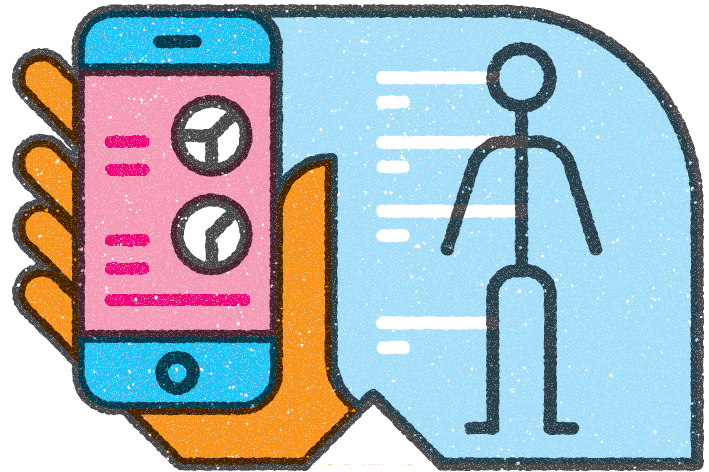
You can probably guess why so many people have posture that causes back pain: “We simply forget” to stop slouching, says Monisha Perkash, whose company, Lumo BodyTech, created the ultimate reminder. Once users clip the Lumo Lift, a chiplike gadget about the size of a thumb, onto their shirt, it analyzes neck and spinal positions and vibrates when they’re less than ideal. Although the system isn’t perfect—it can buzz when you lean for necessary reasons, like taking a phone call—it has exceeded internal sales goals. Half of its users are women, which is impressive given that early adopters for gadgets often tilt male.
The Car that Makes Electric Enticing
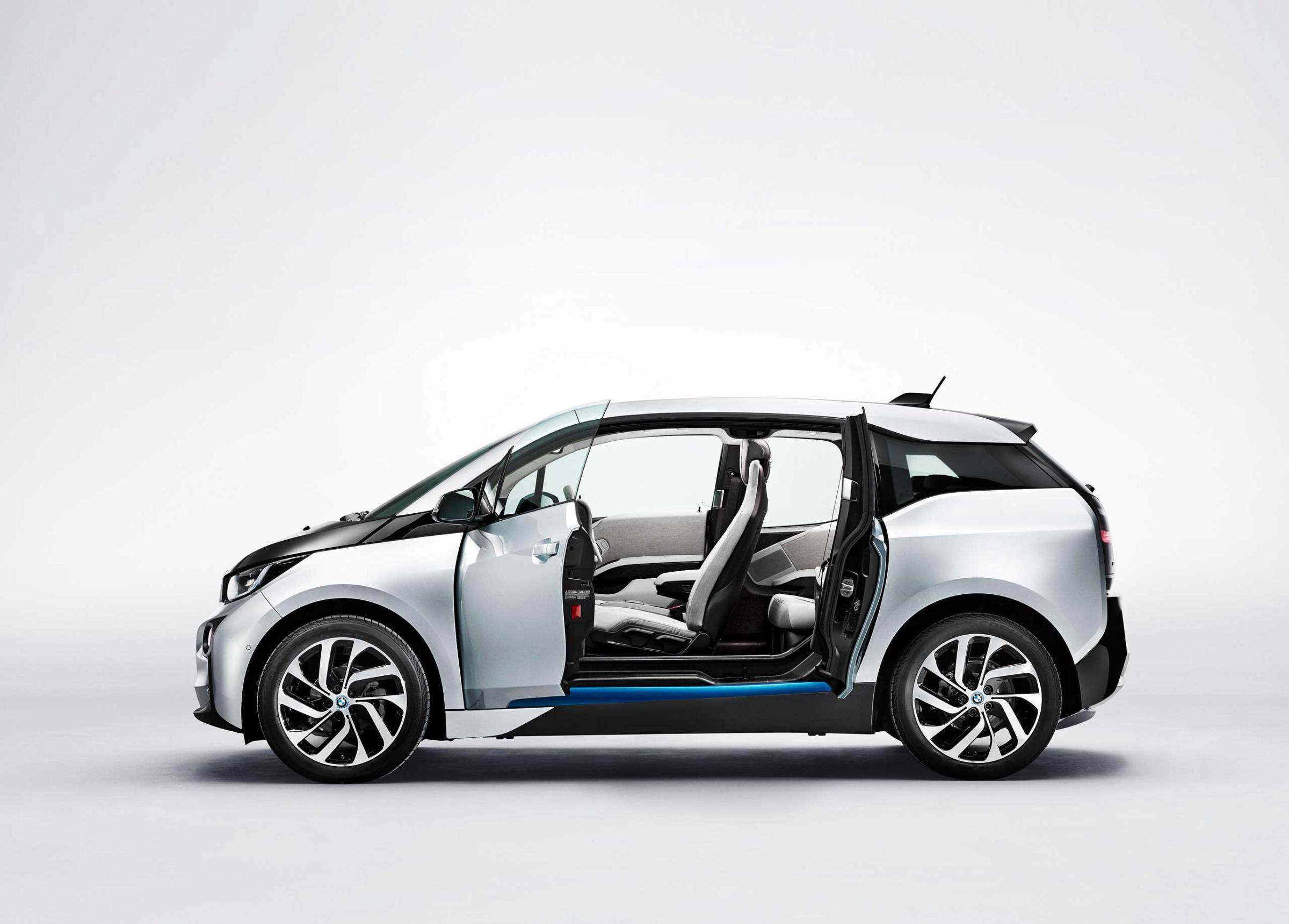
BMW i3 / $41,350
Available at BMW dealerships nationwide
For the most part, electric cars have been slow, sexless and stolid to drive—or stunningly expensive. So when BMW, the self-described maker of “the ultimate driving machine,” announced it would start selling them, it had a high bar to clear. The I3 delivers. In addition to getting 70 to 110 miles (113 to 177 km) on a single three-hour charge, its novel design allows drivers to use a single pedal to both accelerate and brake (press down to go, ease up to stop), which results in more energy-efficient driving. And because so-called range anxiety—the fear of running out of juice on the road—remains a top reason people don’t buy electric, BMW is pioneering ways to ease customers’ doubts. Among them: an optional backup gas motor that can recharge its batteries in a pinch and a program that lends owners a gas-powered vehicle for longer trips.
The Tablet that Replaces Laptops

Microsoft Surface Pro 3 / $729
Buy here
Microsoft’s latest “hybrid” bundles the power of a laptop into a svelte 12-in. tablet and can run desktop apps like Word, Excel and PowerPoint. That, as well as a slim, detachable keyboard cover and a built-in stand that makes the Surface usable on a desk, makes it more suitable than other tablets for professionals like doctors and businesspeople. No wonder organizations such as Coca-Cola and Seattle’s Children’s Hospital have adopted it in droves.
The Ring that Alerts You in Style

Like many professional women, Christina Mercando keeps her smartphone in her purse, which meant she was constantly digging it out to check for important notifications. But what if she could get that info from something she was already wearing, much as pants-wearing men can feel a phone buzz in their pocket? That’s the thinking behind Ringly, a line of rings that can be programmed to glow when wearers get an email from their boss, a text from their Uber driver or any number of other can’t-miss communications. Mercando, a former product and design manager at eBay, raised more than $1 million to realize her vision. So far, the concept is working: the first 1,000 Ringly rings, which debuted in June, sold out within 24 hours.
The Pillbox that Gets Personal
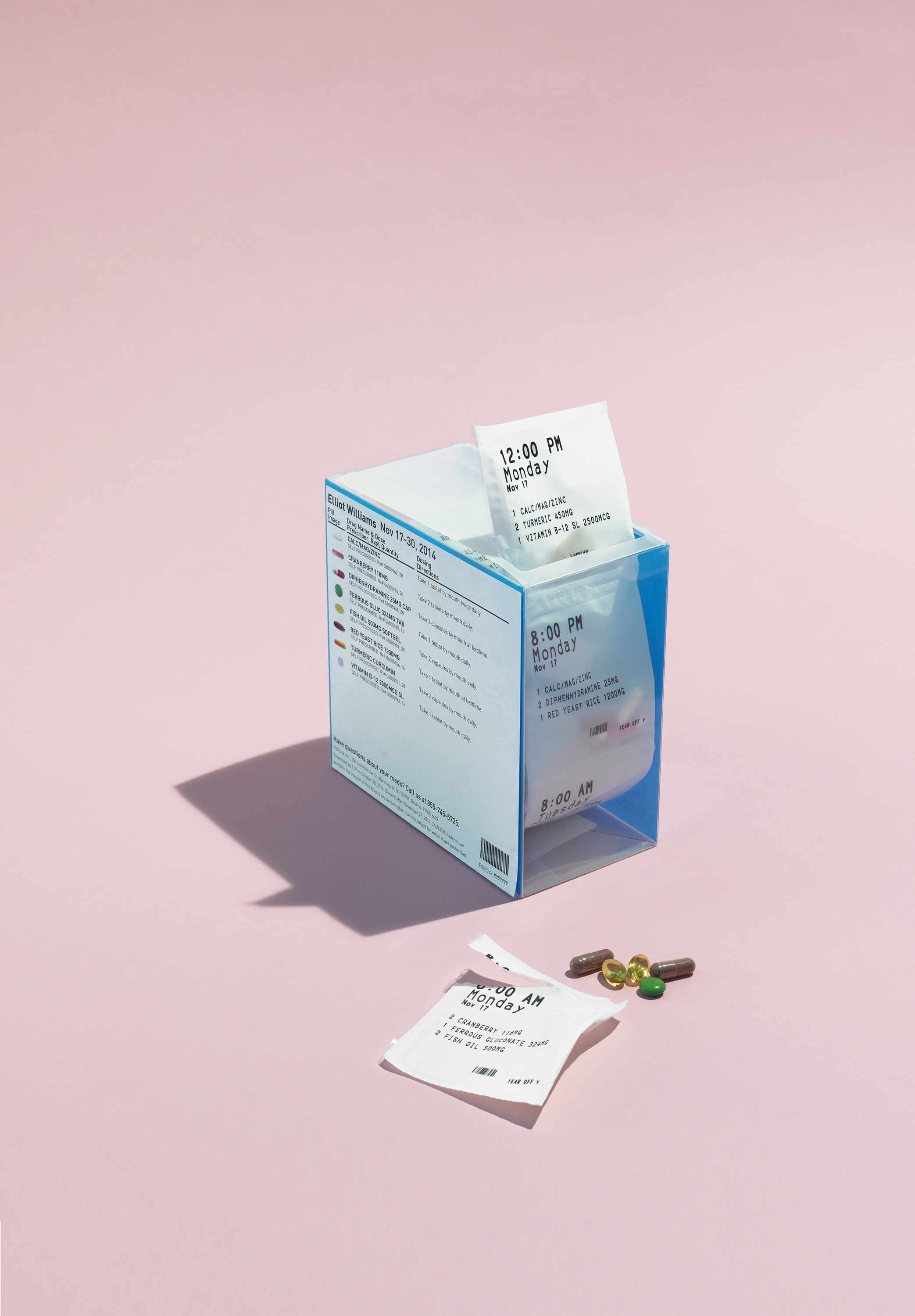
Pillpack / prices vary
Available at pillpack.com
“I grew up in a family that owned and operated a pharmacy,” says T.J. Parker, who knows firsthand how confusing it can be for people to track which meds to take when, especially if they fill multiple prescriptions. That’s why the e-pharmacy he runs now, PillPack, doesn’t traffic in bottles. Instead, every two weeks, patients are sent a dispenser, which has their medication—all of it—sorted into a ticker tape of tearable packets, organized by date and time. For now, service is limited to patients with multiple prescriptions. But Parker’s ultimate goal is to make the pharmacy experience simpler for everyone, even patients on short-term antibiotics.
Bananas that Prevent Blindness

“Superbananas”
Developed by the Queensland University of Technology
In sub-Saharan Africa, up to 30% of kids under age 5 are at risk of going blind—among other conditions—for one simple reason: they don’t get enough eye-nurturing vitamin A. But what if the bananas that make up a lot of their diet could be re-engineered to deliver it? That’s the idea that struck Australian biogeneticist James Dale when he visited Uganda in the early 2000s. With backing from the Bill & Melinda Gates Foundation, Dale and his team began developing a vitamin-A-enriched “superbanana”; human trials start soon in the U.S. In Africa, they will be introduced using what Dale calls a “reverse Ponzi scheme” to spark adoption. Village leaders will be given 10 free superbanana plants to grow, on the condition that they give at least 20 new shoots to other villagers, who will do the same. “These bananas could potentially solve” a major health problem, Dale says.
The Wheel that Gives Bikers a Boost
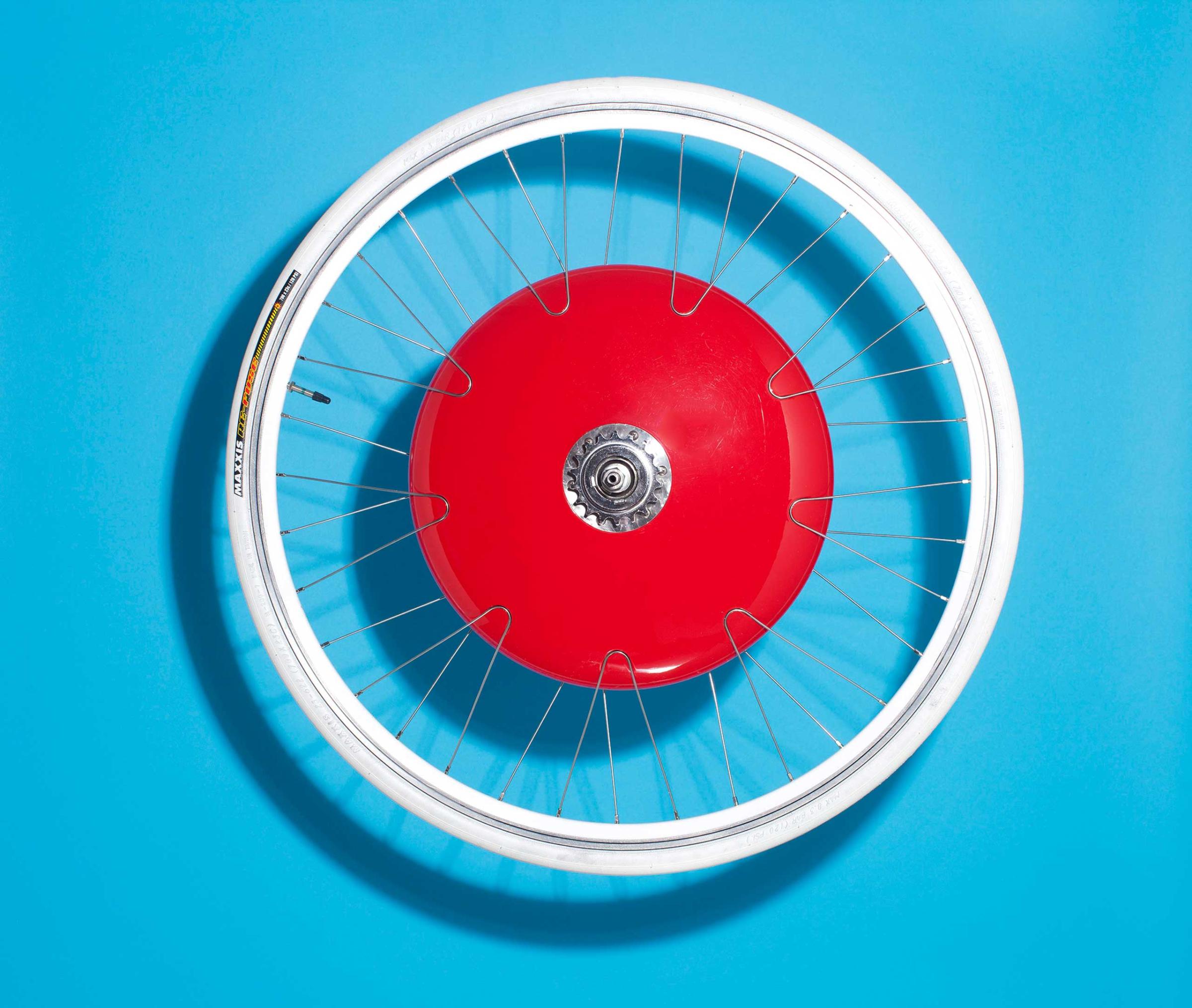
Copenhagen Wheel / $799
Preorder at superpedestrian.com (to ship spring 2015)
We know that biking is good for us and good for the environment. But getting around on a bicycle can seem daunting, especially in a large city with a hilly terrain. To lessen that burden, Cambridge, Mass.–based Superpedestrian has developed the Copenhagen Wheel, a standard-size wheel—it can be attached to the back of most bicycles—that boasts a rechargeable, battery-powered motor. Depending on rider preferences, entered through a smartphone app, the motor can kick in power throughout the ride or just on hills. Sensors also track road conditions, air temperature and potholes, so cyclists can share real-time information about best routes. “Cities are reaching a limit in terms of how many more cars they can accept,” says Assaf Biderman, founder and CEO of Superpedestrian; indeed, studies like those from the University of Michigan Transportation Research Institute suggest that the U.S. has reached “peak car.” The Copenhagen Wheel, which has raised more than $6 million (partially through crowdfunding), may help make cycling a more viable alternative.
The Seamless Sign-Language Translator
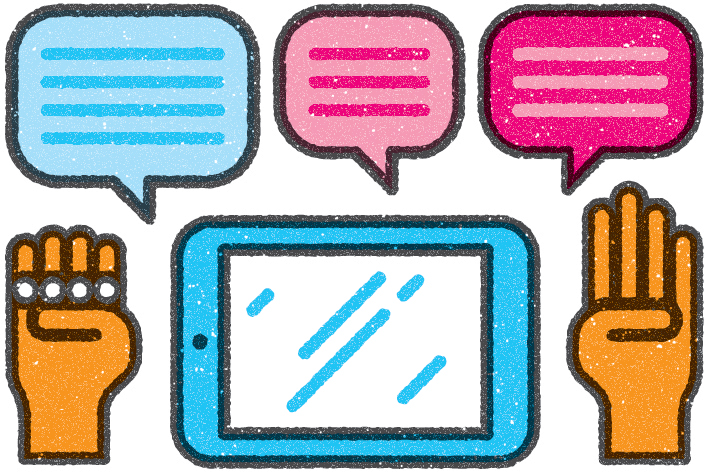
MotionSavvy uni / $198+
Preorder at motionsavvy.com (to ship fall 2015)
For the millions of deaf people who cannot speak, everyday communication often requires costly human translators and tedious note writing. Enter the Uni, a tablet and attachment that leverages motion-sensing cameras and voice recognition to translate American Sign Language into spoken words—and spoken words into text—in real time. “The need for this is so great,” writes Ryan Hait-Campbell, CEO of San Francisco–based MotionSavvy, who is deaf. Roughly 200 Indiegogo backers agree: the company has raised more than $20,000 to date.
The Filter that Fights Ebola

Hemopurifier
Developed by Aethlon Medical
What makes the Ebola virus so frightening is its speed. In a matter of days, it can pump out enough copies of itself to overtake the immune system. But the Hemopurifier, a specially designed cartridge that attaches to a dialysis machine, can tip the balance back in the body’s favor: its lectin filter attracts Ebola viruses and sucks them from the blood as it flows through. It’s been used only once, on a patient in Germany, but it did the trick—effectively curing his Ebola infection. In the future, doctors hope similar tech could be used on viruses like hepatitis.
The Selfie Stick (and Hairbrush)
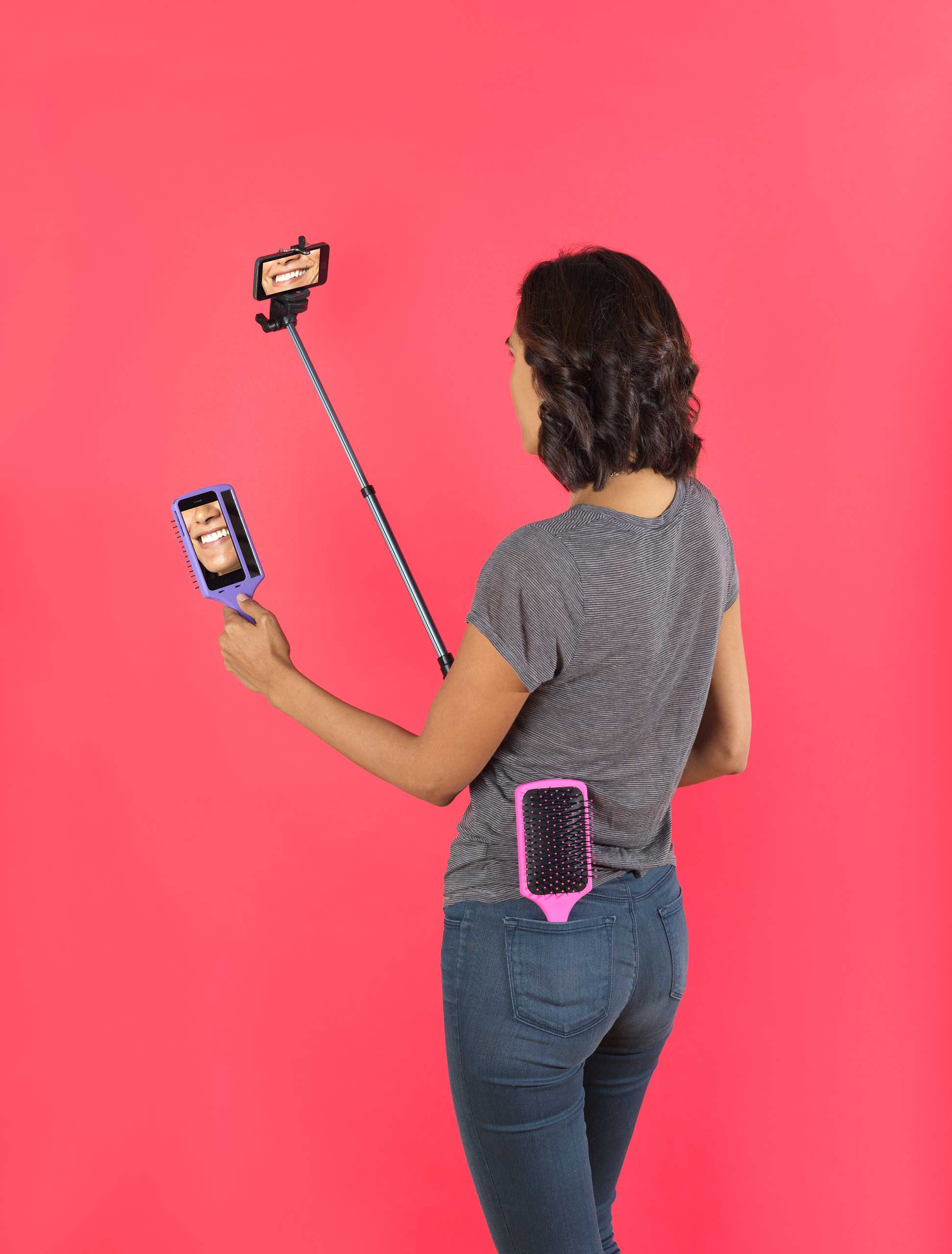
If 2013 was the year in which selfie became a buzzword, then 2014 was the year selfies became a cultural phenomenon. Look no further than a recent Pew report, which found that at least a quarter of Americans have shared a selfie on a social-networking site (including Ellen Degeneres, Kim Kardashian and President Obama).
Sensing a new market, several companies have launched devices designed to streamline the selfie-taking experience. Many of them, like a hairbrush that holds your smartphone, are more goofy than game changing. But the selfie stick (produced by multiple brands), which enables users to position their smartphone beyond arms’ reach to get better photo angles, “adds genuine value,” says Van Baker, a mobile tech analyst at the research firm Gartner. “I’ve seen a lot of people using it.”
The AC that Lowers Your Energy Bills

Quirky + GE aros / $279
Available at quirky.com
Americans spend more than $11 billion each year to blast their homes with air-conditioning, releasing 100 million tons of carbon dioxide into the air. Experts say a sizable portion of that is waste. IT consultant Garthen Leslie realized as much while driving to work last summer in Washington, past rows of empty-looking houses with humming window units that could not be turned on or off remotely. There had to be a better way. “So I sent an idea to Quirky,” he says, referring to the GE-backed site that turns people’s concepts into creations. Four months later, they had a prototype.
The Aros air conditioner, which has sold nearly 50,000 units since its May 2014 release, is a provocative departure from the familiar window unit. For one thing, it’s elegant, with a sleek white exterior that’s almost Apple-esque. It’s smart too. Thanks to a companion mobile app, Aros can track owners’ movements via GPS and turn itself on and off depending on their proximity to home. It also tells people exactly how much money they’re spending to cool their residences. That’s how Quirky knows it’s working: so far, the company says, Aros owners who use the “smart away” feature that turns the unit on and off automatically have trimmed their energy use by nearly 10%.
The Prison Room that Helps Inmates Relax

“Blue Room”
Developed by Snake River Correctional Institution in Oregon
For 23 hours a day, the 200 inmates in solitary confinement at Oregon’s largest prison see nothing but a tiny, white-walled cell—an experience some research suggests can heighten mental illness and make prisoners prone to suicide attempts and violence. Last year, officials began letting some of them spend their free hour in a first-of-its-kind “blue room,” an exercise space where a projector plays video of open deserts, streaming waterfalls and other outdoor scenes. That imagery, says creator Nalini Nadkarni, who studies how nature affects behavior, is designed to calm prisoners, “much in the way we walk through a park” to relax. Inmates have responded so well that guards now use blue-room time as a way to pre-empt bad behavior.
The Tablet Toy that Gets Physical
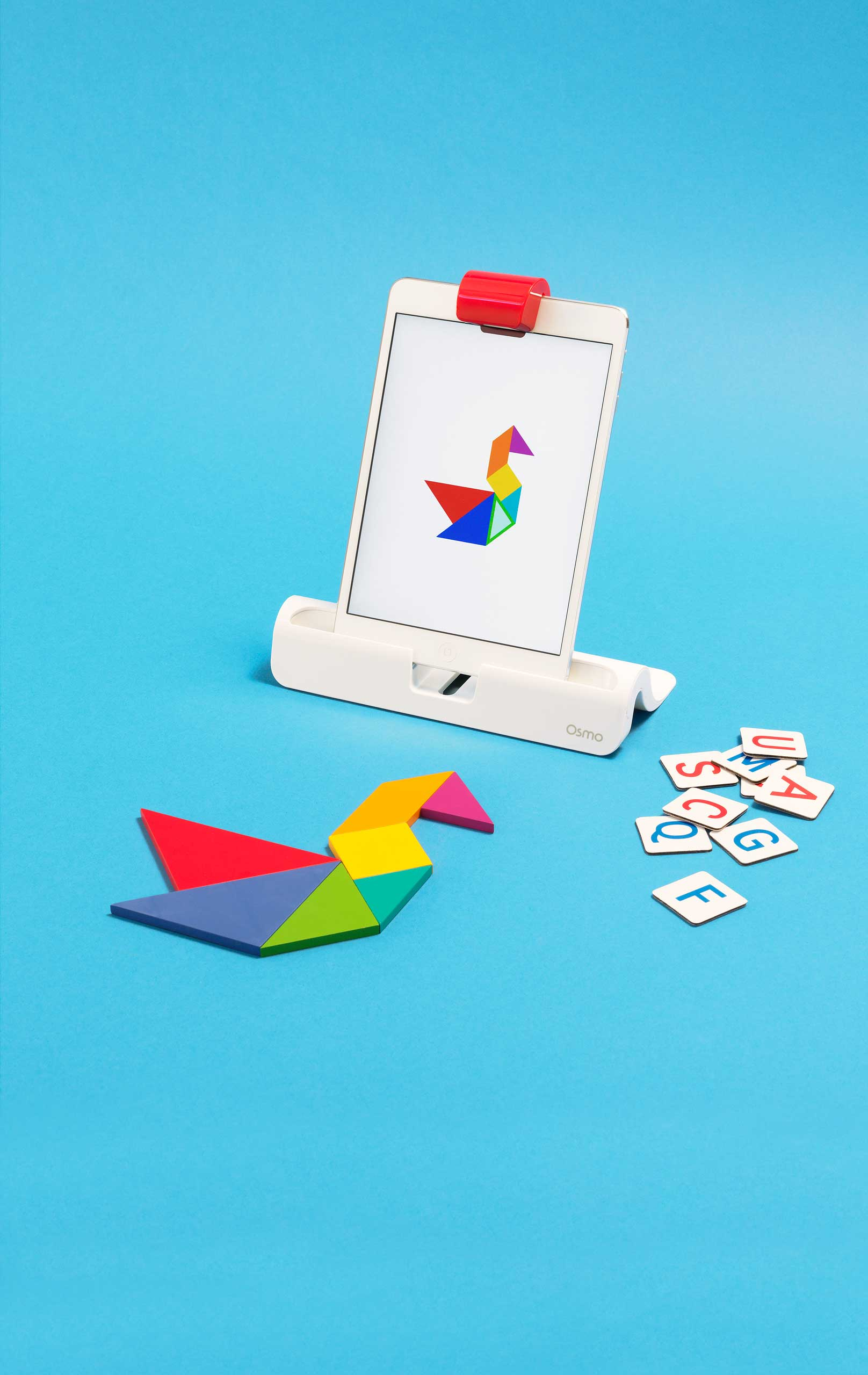
Like many kids, Pramod Sharma’s daughter loves the iPad. But “when her face is glued to the screen, six inches away, all day long—I wasn’t too happy,” he says. (Studies have shown that too much screen time can lead to attention problems and obesity.) So the ex-Google engineer and his former colleague, Jérôme Scholler, devised a way to bring virtual play back into the real world. Osmo’s “reflective AI” attachment enables the iPad camera to interpret physical objects—allowing kids to mimic an onscreen pattern with colored tiles, for example, and get rewarded for doing it correctly (while also refining their motor skills). The toy, which debuted in October, has helped Osmo raise $14.5 million in capital and is now being sold in the Apple Store. “Many kids can play at once,” says Sharma, “so it becomes more interactive and imaginative.”
The Coaching Basketball

94fifty smart sensor / $200
Available at 94fifty.com
In sports training, as in business, there’s no more valuable asset than data. That’s why hoops pros use high-tech equipment to monitor everything from passing patterns to fatigue levels. This basketball aims to re-create those perks for casual players. It comes embedded with nine sensors and a Bluetooth chip that sends performance data to a mobile app—allowing players to measure, say, the arc of their jumpshot. If something’s off during game play, the voice of a coach (via the app) can even implore you to “go faster” or “snap your wrist.” “We get excited when we see someone improve,” says Michael Crowley, whose company, InfoMotion Sports Technologies Inc., makes the 94Fifty Smart Sensor. And apparently, that’s happening a lot: Crowley says InfoMotion has sold close to 100,000 balls.
Wrappers You Can Eat

Wikipearls / $4 for a pack of two
Available at select Whole Foods
“Edible wrapper” sounds like an oxymoron—unless you’re WikiFoods founder David Edwards, who has devised a way to encase yogurt, cheese, ice cream and more in shells strong enough to hold their shape (in water, heat and cold) until you take your first bite. The secret lies in science: Each shell is made of particles of dried fruit or other natural substances that are tiny enough to be electrically attracted to one another; they are combined with calcium and sugar to strengthen the form. Though the frozen-yogurt Pearls—the first WikiFoods product to reach mainstream stores, thanks to deals with Stonyfield and Whole Foods—are still packaged in biodegradable bags of two, Edwards’ ultimate goal is to sell them à la carte, like apples or peanuts, in an effort to reduce the world’s packaging waste.
Screens that Showcase Digital Art

Electric objects / $399 per frame
Buy here
“There are so many artists” making beautiful works on and for computers, says digital artist Jake Levine, referencing the burgeoning Tumblr community (among others). But putting that art on physical walls has been nearly impossible. Levine’s Electric Objects, which has raised almost $3 million in funding, aims to change that. The sleek, 22-by-13-in. flatscreens are wired specifically to display art. Their brightness dims in tandem with sunlight, and their matte finish blocks glare so they resemble actual paintings. And a companion smartphone app lets users switch what is displayed on a whim—eventually, Levine hopes, from a marketplace full of digital artwork.
Action Figures that Empower Girls

IAmelemental / $65 for a set of 7
Buy here
Studies have shown that girls’ career ambitions can be heavily influenced by their playthings. But when moms Dawn Nadeau and Julie Kerwin started searching for female action figures that were athletic and empowering—as opposed to dolls like Barbie, most of which cannot even bend their limbs—they were dismayed to find … none. (Well, aside from “hypersexualized figures for adult male collectors,” says Nadeau.) So using funds they raised on Kickstarter—$162,906 to be exact, more than quadruple their goal—they designed and commissioned a firm to build their IAmElemental series of action figures, meant to portray women as heroes with strong personalities. Each figure embodies a different “element” of heroism, like persistence or honesty. “The idea that girls could save the world—that’s a very powerful fantasy,” says Nadeau.
Corrections appended Nov. 20, 2014, to clarify the title of WikiFoods founder David Edwards and funding figures for the Copenhagen Wheel and Electric Objects.
More Must-Reads from TIME
- Why Trump’s Message Worked on Latino Men
- What Trump’s Win Could Mean for Housing
- The 100 Must-Read Books of 2024
- Sleep Doctors Share the 1 Tip That’s Changed Their Lives
- Column: Let’s Bring Back Romance
- What It’s Like to Have Long COVID As a Kid
- FX’s Say Nothing Is the Must-Watch Political Thriller of 2024
- Merle Bombardieri Is Helping People Make the Baby Decision
Contact us at letters@time.com